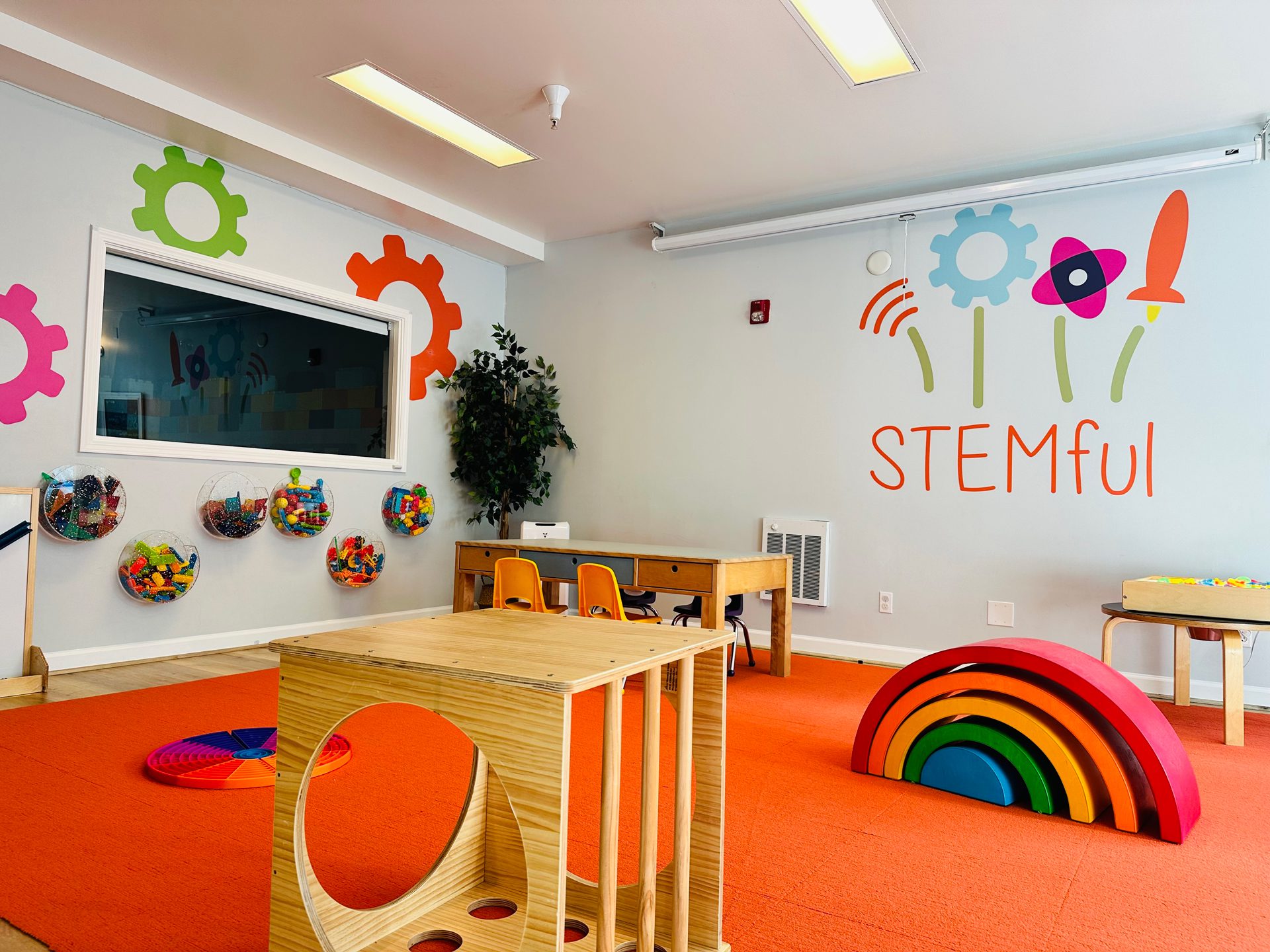Now that the holidays are over and the New Year is here, it’s time to start planning for summer camp!
Camps fill up quickly and there are some deals and promos to be found, so while summer may seem far off, now is the time to make a plan. But how do you go about choosing the right one? Read our tips on how to make next summer the best one ever for your child.

Be Strategic
The long summer break from school provides a long stretch of time to plan activities for your child, and it may seem daunting. But with the right strategy, you can ensure they’re occupied and enjoying enriching activities that will help them get a jump on the new school year. Start with summer vacation plans: Whether you already have travel on your calendar or still need to book that trip, assess how much time before or after it you have, and then fill in those days. Be mindful of any family obligations or other events that you may need to plan around.
Location, Location, Location
For summer camps, proximity and convenience to home or work are key to making the daily commute less stressful. Local parenting websites, word of mouth, or a simple web search can help you find options that are doable for your family. Eliminate any without pickup or drop-off times that fit your schedule or that don’t offer care before or after camp hours if you need some flexibility on days when traffic or work may be unpredictable. Keep in mind that some camps, unlike STEMful, don’t have a fixed location, so be sure to factor that in as well. Make a list of those that work best for you.
Keep Track of Enrollment Dates
Next, be sure to note when enrollment opens for each, and add those dates to your list so you’ll know when to act. Take note of any presale dates as well, and sign up for those camps you have a strong interest in so you don’t miss out. Most early bird sales start in January and February, and August dates sell out fast because some camps located in schools have to close when they give up their spaces before the school year begins.
If you’re concerned the cost of camp might be out of reach, research local park and rec offerings to compare and contrast the cost versus educational value of each. Your child may qualify for summer camp scholarships as well, so be sure to note whether the camps you’re interested in offer them and when the deadlines are.
Get Your Child’s Input
Once you’ve compiled a list of camps that fit your location and schedule, it’s time to talk with your child about which ones interest them most. Including them in the decision can help them feel confident and ready to participate—rather than fearful or reluctant—when it’s time to start camp.
Are there activities offered that are sure to strengthen their existing interests as well as opportunities to stretch them a little and expose them to new ideas? While it’s important to consider likes and dislikes, camp is an ideal environment to introduce your child to unfamiliar concepts and help them grow. If they shy away from science and math, signing them up for a STEM-based summer camp program offers kids a fun and engaging environment outside the classroom to explore STEM, all while helping them build collaborative skills and make new friends. And focusing on science, math, and engineering can give them advantages in the next school year and beyond.

Visit Virtually or in Person
Now that you’ve narrowed down your list, it’s time to do more in-depth research. Ideally, you’ll want to visit in person. Many camps offer open houses so you can visit and see where your child will be, giving you peace of mind when camp starts, and helping your child with any first-day jitters too.
Bringing your child along and encouraging them to ask questions of their own will engage them in the decision and help you both feel out whether the camp is the right one for them.
Some potential questions to ask yourself when you visit:
- Does the space feel inviting, inclusive, and safe?
- Do counselors or directors seem engaged in learning outcomes?
- Are directors and counselors responsive to your questions—and your child’s?
- Are there enough activities to keep your child interested for the length of the program?
If you’re unable to visit in person, spend some time on the camp’s website to ensure you feel comfortable. It is important to understand each camp’s cancellation policy and daily schedule. If you have questions, reach out to the programs directly. The information you receive as well as how your request is handled may tell you even more about the camp and help you gauge whether it’s the right place for your child.
Decision Time
By now, the list should be focused on a few top contenders, and it’s time to choose! If you still have a list of two or three options, availability may be the deciding factor. Be sure to keep in mind any other events on your calendar, like summer vacations or existing family obligations.
Plan Ahead for Potty Training
Many summer camps require that campers are able to use the bathroom by themselves, and STEMful is no exception. If you’re planning summer camp for a preschooler and feel your child is ready, work on toilet training now so you can help get them ready for a successful and fun camp experience.
Each year, STEMful holds summer camps at our location in San Francisco for children ages 3.5 to 9.5, with pre- and aftercare options to fit your schedule. This year, we are also offering Mini Camps. These half-day camps are perfect to introduce kids to camp without a full-day commitment, easing them into the camp experience before summer. We encourage you to visit our PlaySpace with your child to see for yourself what we offer. Sign up for emails to be notified of our presales to reserve your child’s spot. This year, save up to $150 when you reserve between January 5 and February 23!1
- Mini Camps are not included in the sale.

